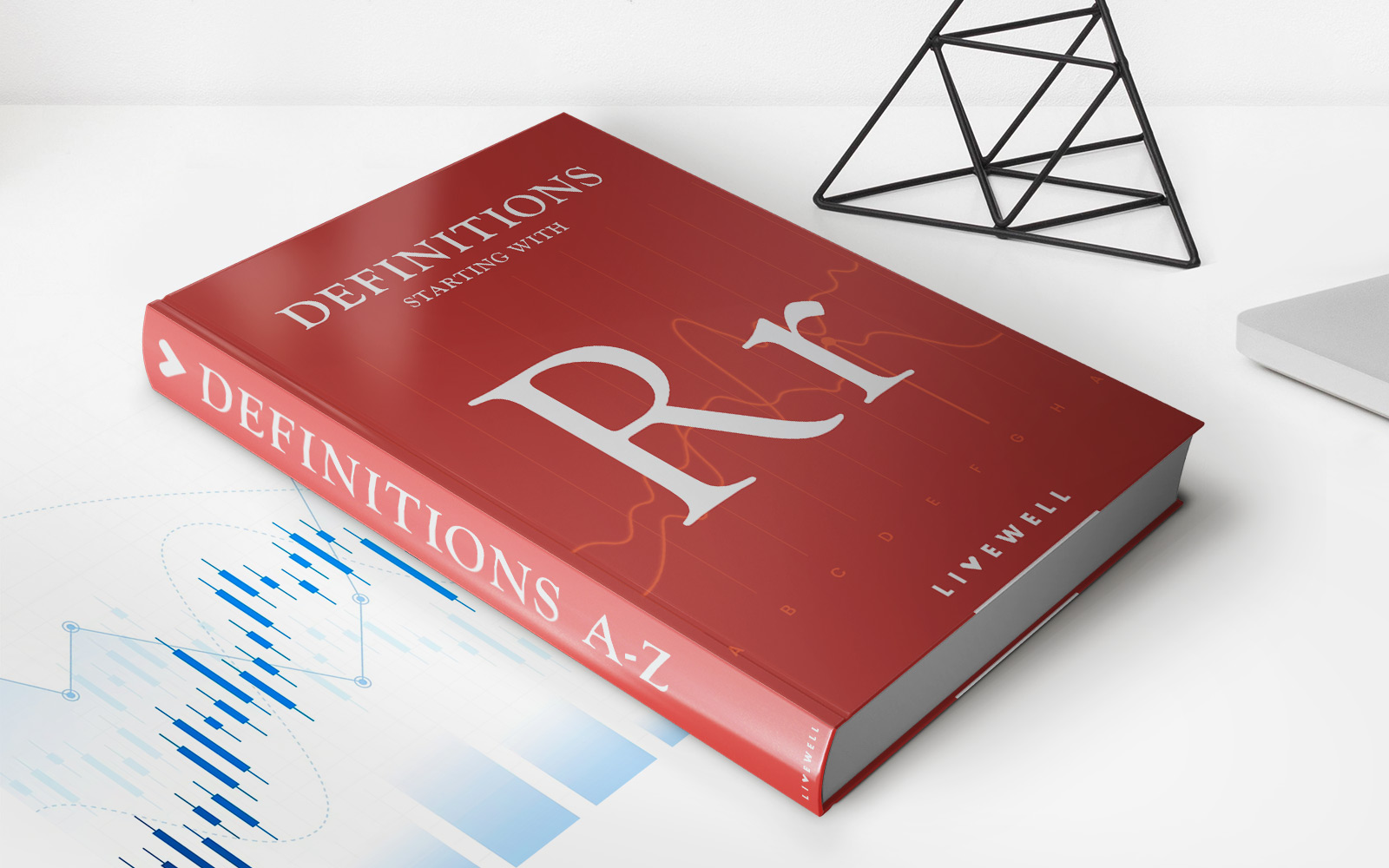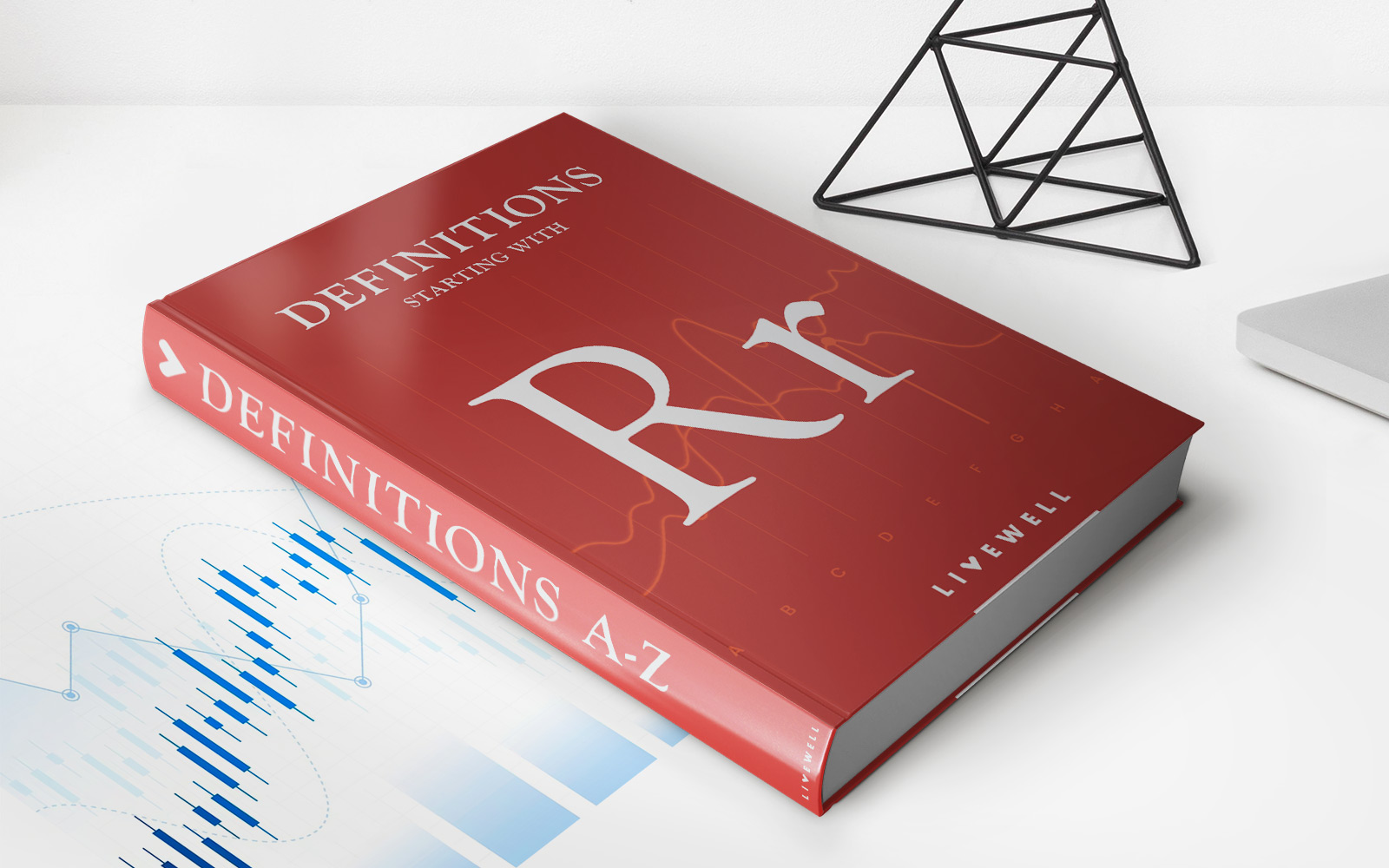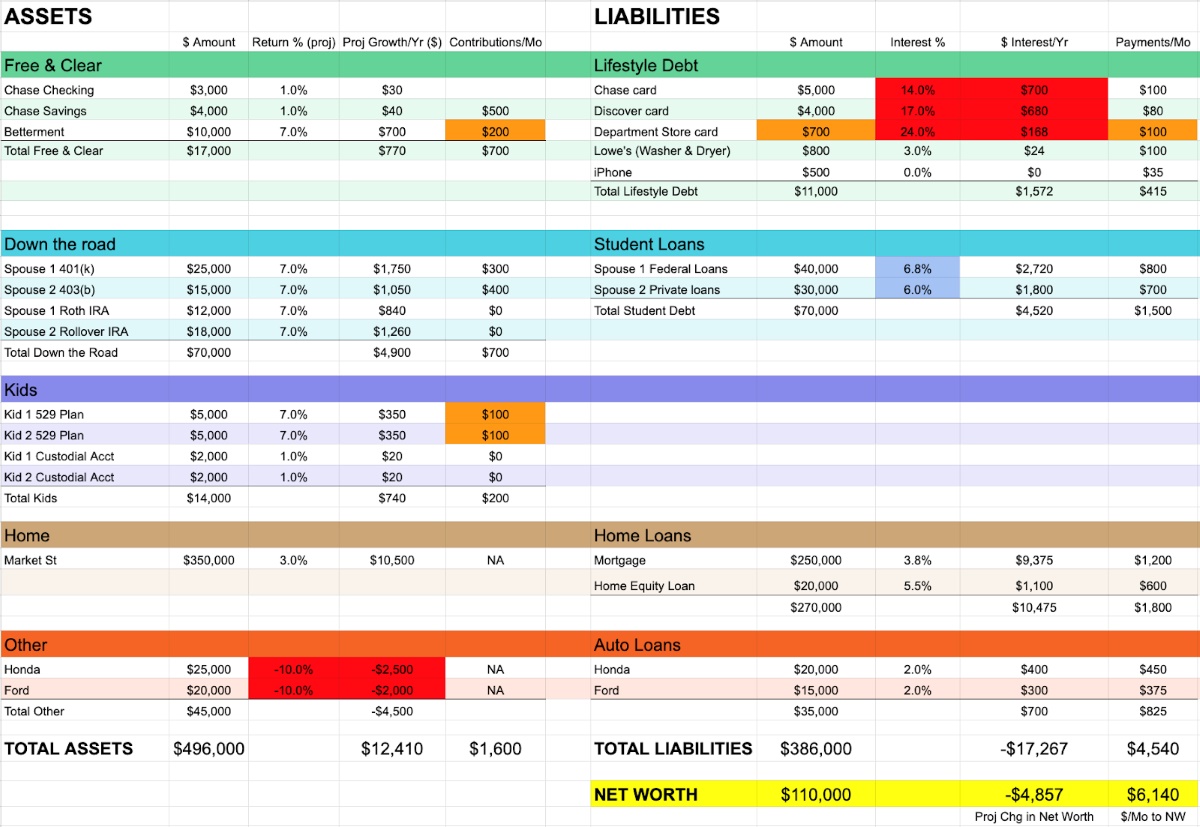Home>Finance>National Pensions Reserve Fund (NPRF) Definition


Finance
National Pensions Reserve Fund (NPRF) Definition
Published: December 29, 2023
Discover the definition of the National Pensions Reserve Fund (NPRF) in the field of finance and learn about its significance in securing future pensions.
(Many of the links in this article redirect to a specific reviewed product. Your purchase of these products through affiliate links helps to generate commission for LiveWell, at no extra cost. Learn more)
Understanding the National Pensions Reserve Fund (NPRF)
When it comes to planning for our financial future, few things are as important as retirement savings. The National Pensions Reserve Fund (NPRF) is a crucial component of the pension system in some countries, aimed at ensuring a secure and comfortable retirement for citizens. In this blog post, we will explore the definition and significance of the NPRF and its role in the finance world.
Key Takeaways:
- The National Pensions Reserve Fund (NPRF) is a government-owned investment fund designed to provide financial support for future pension liabilities.
- It aims to secure the long-term sustainability of the pension system and reduce the burden on the government’s finances.
So, what exactly is the NPRF? In simple terms, it is a sovereign wealth fund established by the government to invest funds set aside to meet future pension liabilities. Its primary objective is to generate returns and grow its assets over time to support the payment of public pensions. The NPRF is responsible for managing and investing the funds in various assets, such as national and international equities, property, cash, and bonds.
The creation of the NPRF is driven by the recognition that there will be increasing pressure on pension systems as populations age and life expectancies rise. With people living longer, pensions need to be funded for a longer period of time, necessitating the need for robust financial planning. By setting up the NPRF, governments can allocate funds today that will yield returns and help support future pension payments.
The NPRF plays a crucial role in the finance world as it serves several purposes:
- Financial Security: By allocating funds to the NPRF, governments can build up a reserve that will ensure the availability of pension payments in the future, even during economic downturns.
- Reduces the Burden: The existence of the NPRF reduces the burden on government finances, as the responsibility for funding pensions is shared between the state and the investment returns generated by the fund.
- Investment Opportunities: The NPRF provides a platform for investing in a diversified portfolio of assets, helping to grow the fund over time and maximize returns.
However, it is important to note that the success of the NPRF relies on the proper management and investment decisions made by its administrators. Sound investment strategies, risk assessment, and regular evaluations are crucial to ensure the long-term sustainability and growth of the fund.
In conclusion, the National Pensions Reserve Fund (NPRF) is an essential element of the pension system, aiming to secure the financial well-being of future retirees. By investing funds and managing them effectively, the NPRF helps reduce the burden on government finances and ensures the availability of pension payments for the aging population. As we plan for our financial future, it’s crucial to understand the role and significance of the NPRF in our retirement planning.














